kimono crafting
Kimono Crafting: What is the Process?

Devon Lord-Moncrief
Posted on September 25, 2024
Share:
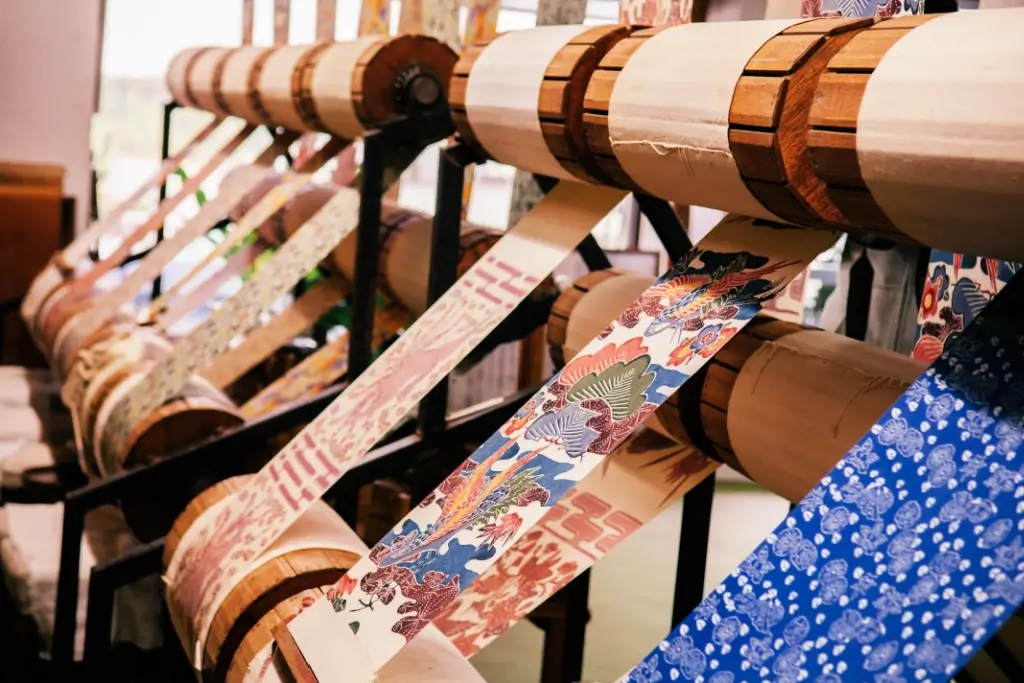
Of all the styles and articles of clothing to come from Japan, none are as iconic as the kimono. Japan’s national dress is simple yet elegant. It is ideal for formal or informal occasions. Over the centuries, kimono crafting has undergone several changes regarding its technique.
Today, though, the kimono is a popular and versatile article of clothing that is perfect for many different occasions throughout the year. For those who have always wondered how this iconic dress is made, this article is for you!
What is a kimono?
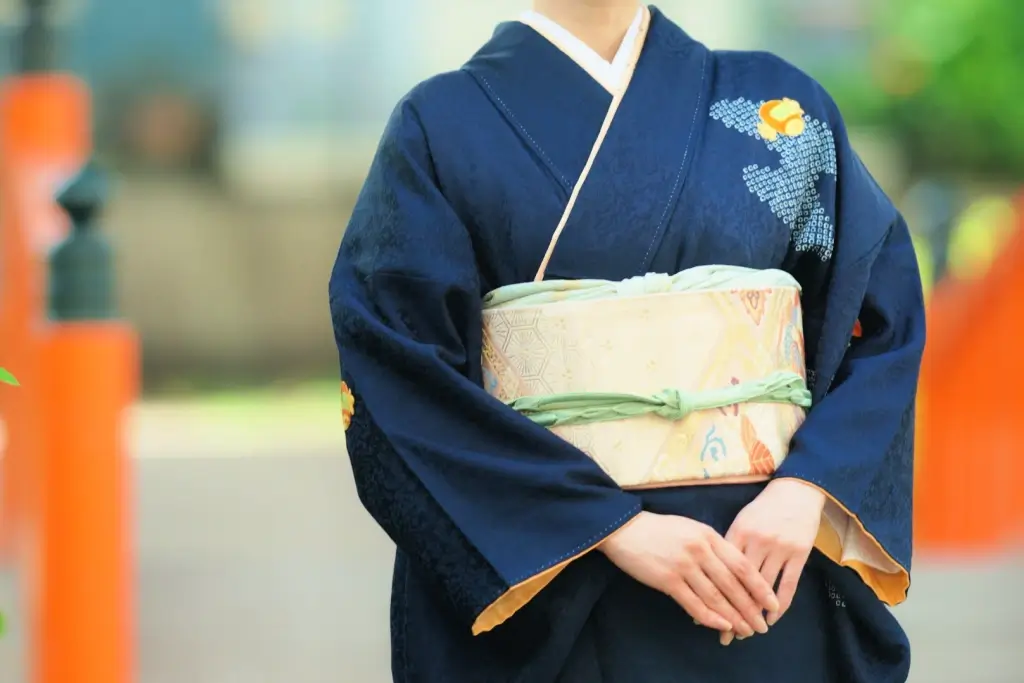
A kimono is a traditional robe that people wear in Japan. Its key characteristics are its long sleeves, multiple layers, and cultural significance. In its simplest form, they are a loose-fitting sleeved robe perfect for warm outdoor activities. At its best, it is a delicate and intricate work of art that is breathtaking and wondrous. Today, people usually wear them as formal attire for various celebrations and important events, but they can also be worn casually (though that’s a bit less common.)
What was the first kimono?
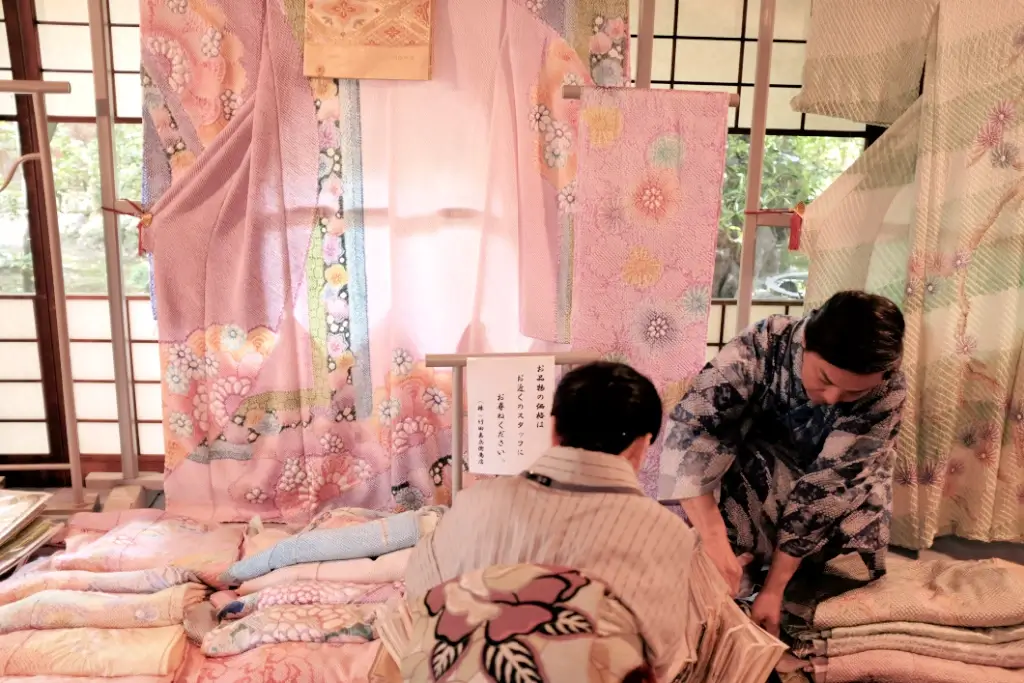
The first kimono was a by-product of the international trade between Japan and China many centuries ago, during the Kofun period from 300-538 CE. Chinese attire heavily inspired these articles of clothing. In 718, the government enacted the Yoro clothing code, which mandated that people fold all kimonos from left to right. During the Heian period from 794-1600 CE, authorities implemented many different policies and edicts that altered how people wore kimonos and how craftsmen could construct them. Since the Edo period from 1603 to 1867, kimonos have largely maintained the same appearance and wearing style.
How do artisans make them?
Many kimono’s are still made by hand today, and the very finest are no exception. While it is possible to make them with a machine, traditional hand sewing them is the best route for the most classic touch in the construction. Machines cannot perform the finer motions required to construct the dresses.
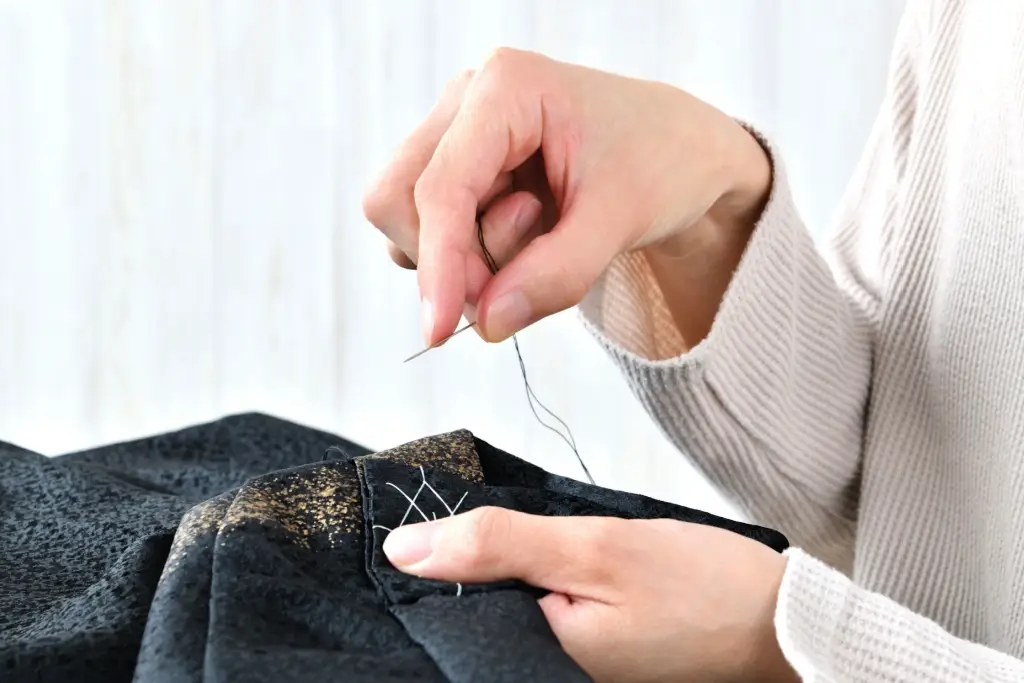
First, the fabric is chosen for the kimono. This is important, as the entire dress will be made from this single material. Next, the material is measured into a bolt, typically 14 inches by 36 feet. This bolt is then cut into the appropriate sections for sleeves and other dress segments. The bulk of the construction requires the seamstress to utilize back and running stitches to assemble the dress.
After the central piece is sewn together, the collar and sleeves are crafted and attached. The last segment to be created is the obi, or the large sash worn across the midsection. Finally, finishing touches such as embroideries, edges, and lining are touched. And that’s it!
Are you looking for amazing Japanese snacks to enjoy? Check out Sakuraco! Sakuraco delivers traditional Japanese snacks, teas, and sweets from local Japanese makers directly to your door so you can enjoy the latest treats directly from Japan!
Do they use materials besides silk?
Kimonos traditionally use silk, but other materials are common as well. Hemp is popular for casual attire because of its texture, similar to linen. More modern materials, such as polyester, wool, and cotton, may also be used, but not for high-end and traditional dresses.
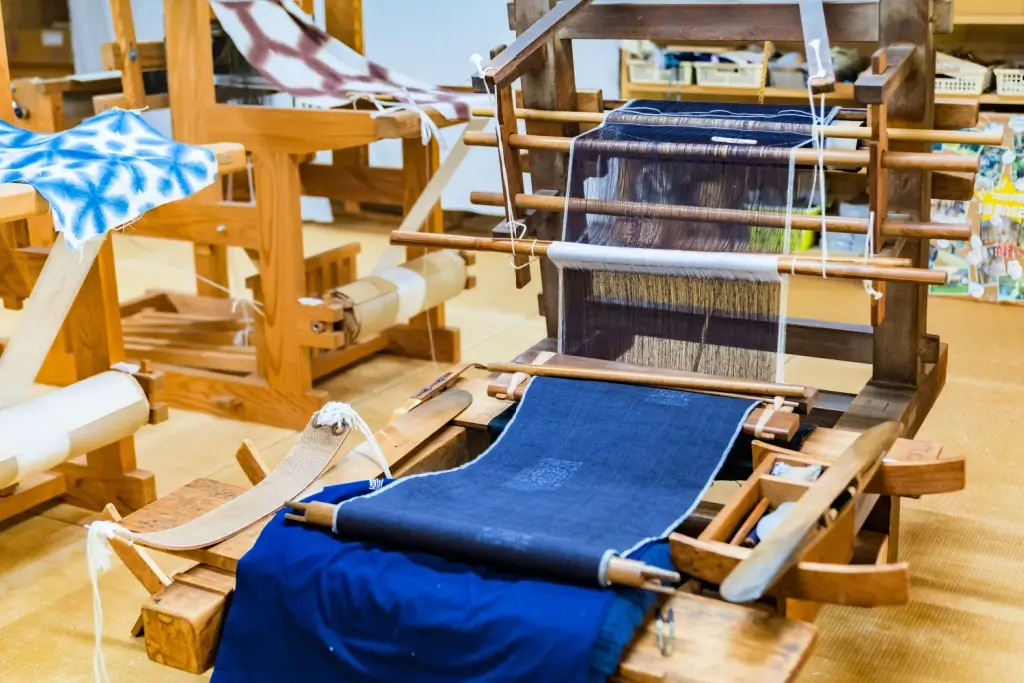
Can I make my own kimono?
Yes! It is 100% possible for you to make your kimono. Luckily, the internet has many resources for anyone to begin making their dresses. The best part is that these guides cater to expert seamstresses and novices, ensuring everyone can craft their outfits. There are guides for the simplest of robes and more challenging dresses, so you’ll undoubtedly be able to find what you’re looking for!
Why is kimono crafting important in Japanese culture?
Kimono crafting is important in Japanese culture because it is living history. The art of creating these outfits dates back millennia. It is impossible to calculate the kimono’s true cultural and historical significance. While people may not wear them as much as they once did in antiquity, they still do occasionally.
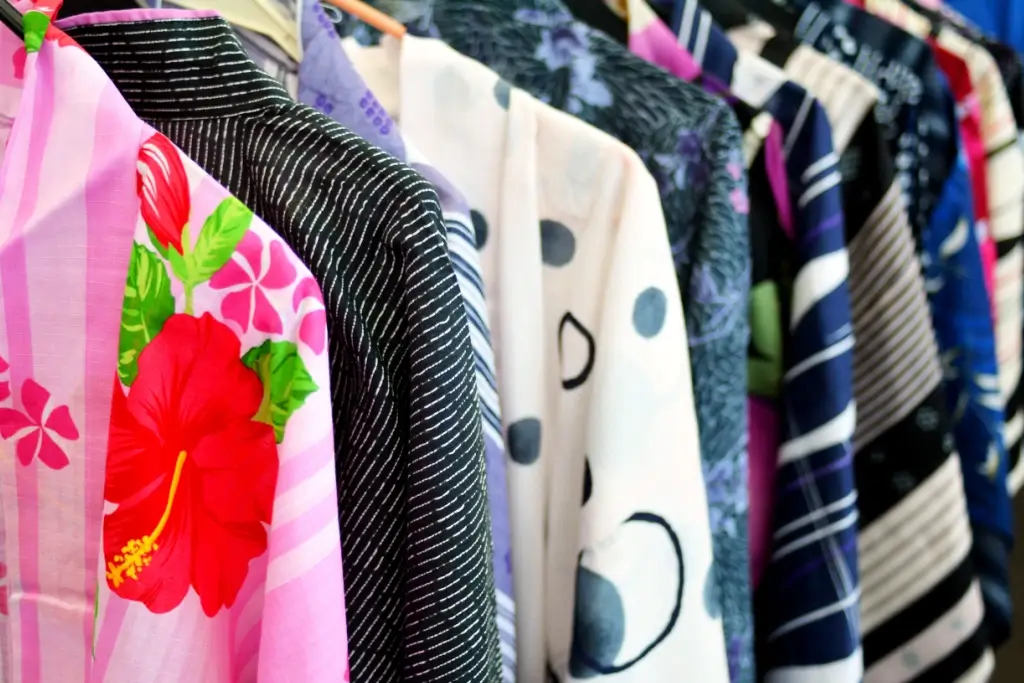
They are best for weddings, funerals, celebrations, and festivals. To continue learning how to create these dresses by hand keeps their ancient history alive and well today. They may look stunning and incredibly stylish, but the value of the kimono is more than just being fashionable: it’s about keeping Japan’s rich and colorful history alive. Do you know how to craft kimonos by hand? Have you ever worn one before? If so, when did you wear it? Please let us know in the comments below! We would love to hear about your awesome kimono crafting skills!

Discover authentic flavors with Sakuraco
Get Sakuraco 

Discover authentic flavors with Sakuraco
Get Sakuraco 
Related Articles
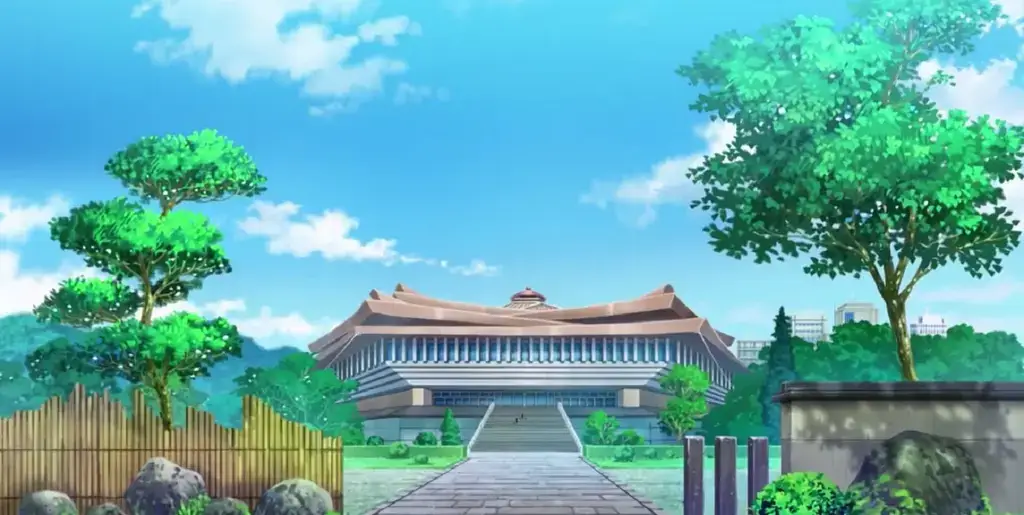
Pokemon Johto Region: Visit the Amazing Cities Behind the Story!
Fans of Pokemon Gold, Silver, and Crystal remember the Johto region as one of the most culturally rich areas in the franchise. Many don’t realize that Japan’s Kansai region heavily inspires Johto.

Artisans in Japan: Why Are They Masters of Their Trade?
Have you ever held something so beautifully made that you couldn’t help but admire every little detail? Maybe a hand-carved wooden bowl, a perfectly folded kimono, or even a sushi roll that looked too good to eat? These masterpieces come from artisans who dedicate their lives to perfecting their craft.
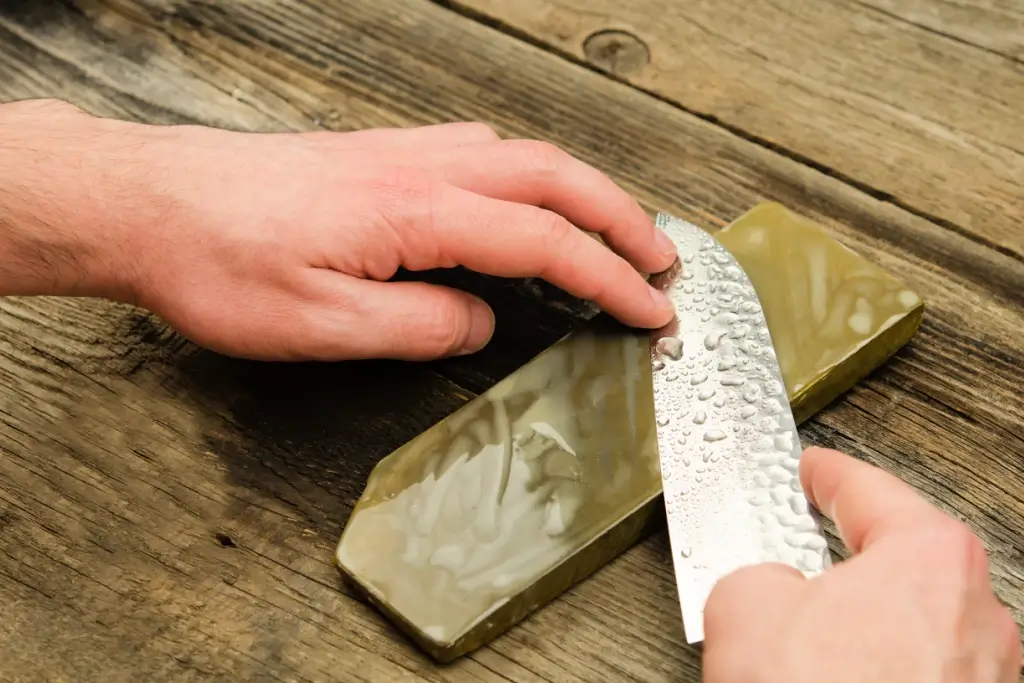
Sakai, Osaka: Home to the Best Japanese Knives!
Sakai, Osaka is one of Japan’s most prestigious knife-making regions. Its storied history and many artisans have culminated in hōchō (kitchen knives) used by chefs worldwide in professional restaurants and home kitchens. Join us as we take a closer look at Sakai knives, the reasons for their popularity, and some of the city’s premier knife-making…
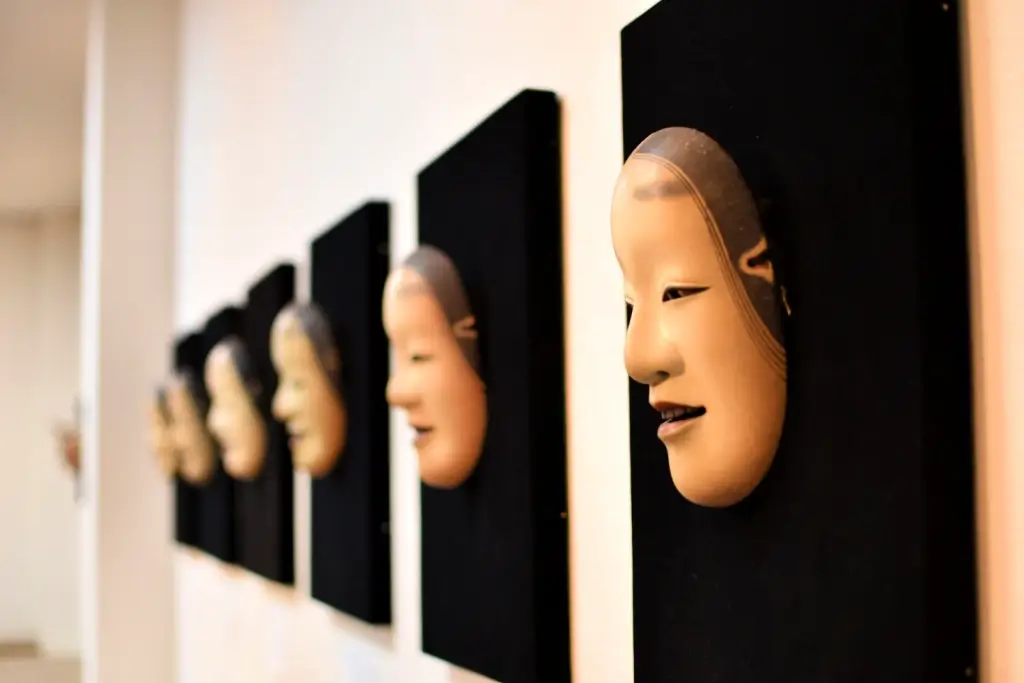
Noh Theater and Crafts: The Heart of Osaka’s Culture
Osaka is one of the largest and most vibrant cities in Japan. Now, let’s explore a selection of the hidden gems of the city’s remarkable traditions, starting with the Noh theater!



